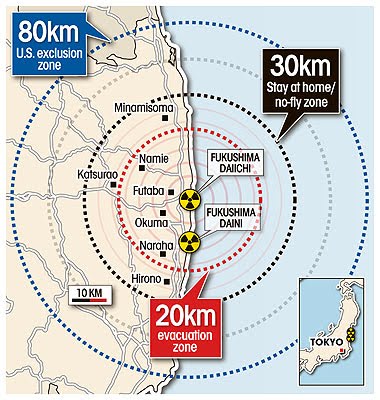
This week’s speaker was Stephan Parker. He talked mainly about career opportunities, jobs as an environmental engineer, and his experiences in New Port, Rhode Island. According to his profile, he is a senior project manager at Tetra Tech and he has over 20 years of experiences with environmental contract, research, and consulting capacities. He is also a group supervisor and manages the environmental restoration program for the Naval Station-Newport.
He started his presentation by talking about career opportunities in the field of environmental engineering. He told us that you can either study about groundwater treatment, restoration, construction management, international aids, mine and minerals or work as a site investigator. Adding to this information, he also gave us tips on how we can get jobs easier. He stated that we should be flexible, have core strength, determine your weaknesses and fix them, keep training until you are good at it, get certification and finally identify yourself. Out of these tips, he wants us to be flexible with our decisions. He told us that even if something wrong happens, we should always control our emotions and move on. From his experiences, he strongly emphasized those new employees these days are very short tempered and quit their job too easily. Secondly, he wants us to find our weaknesses and fix them before they enter the field of environmental engineering. About a month ago from this presentation, he encountered some new employees stressing out over what they have done and how poorly they were handling with themselves. Mr. Parker wants us to understand each of our weaknesses and fix them first because after you are employed, you are expected to do what the company or your boss tells you and not a place to fix them. I was very intrigued by his tips because it made a lot of sense and it is something that no one would tell us.
After his talk about career opportunities, he went off to talk about different jobs as an environmental engineer. He explained that jobs for environmental engineers depend on the situations around the world and what you’re good at. For example, environmental engineering in sewage and water contaminations was big when Hurricane Katrina hit Florida because people down there were having difficulties with rebuilding the water system again. As another example, when BP (Gas Company) had an oil spill about 1-2 years ago, a lot of environmental engineers were down at Florida to help with how to reconstruct a better operating driller and how to handle with the destruction of ecosystem. As we can see from his examples, environmental engineering is very swaying depend on what happens.
Then, he gave us some explanations about the US navy installation restoration program. I found this very interesting because the government had created all of these oil tanks and water tower for their own benefits but ended up not using them and contaminated the area around it. As for the water towers, because the paint consisted of lead, the sediments and the water around the water towers are contaminated by lead. As for the oil tanks, these 2 million gallon fuel tanks are leaking and contaminated the sediments as well as underground water sources.
It was extremely interesting that he talked to us from career opportunities to his experiences as an environmental engineer. I feel like Mr. Parker was the most interesting speaker so far after Ms. Erin Margolius because she didn’t give us as much tips on jobs even though she talked about jobs. I wish I can see Mr. Parker again and listen to his presentation again.








